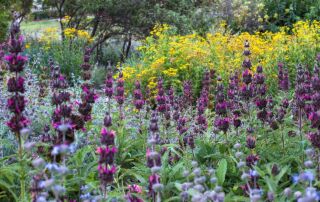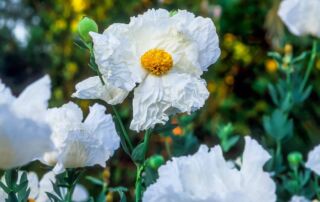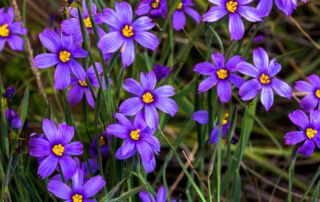Hummingbird Sage
Blooming from early spring well into summer, hummingbird sage (Salvia spathacea) is an easy and adaptable plant for summer-dry climates. This low, slowly spreading sage accepts sun or shade, almost any reasonably drained soil, and moderate, occasional, or no summer watering. It is an especially good candidate for dry shade. Salvia spathacea in flower in the Santa Barbara Botanic Garden Hummingbird sage is endemic to central and southern California, commonly found in sunny or shaded spots among oak woodland, chaparral, and coastal sage scrub in foothills and valleys not far from the coast. Summer-dormant if grown dry,





